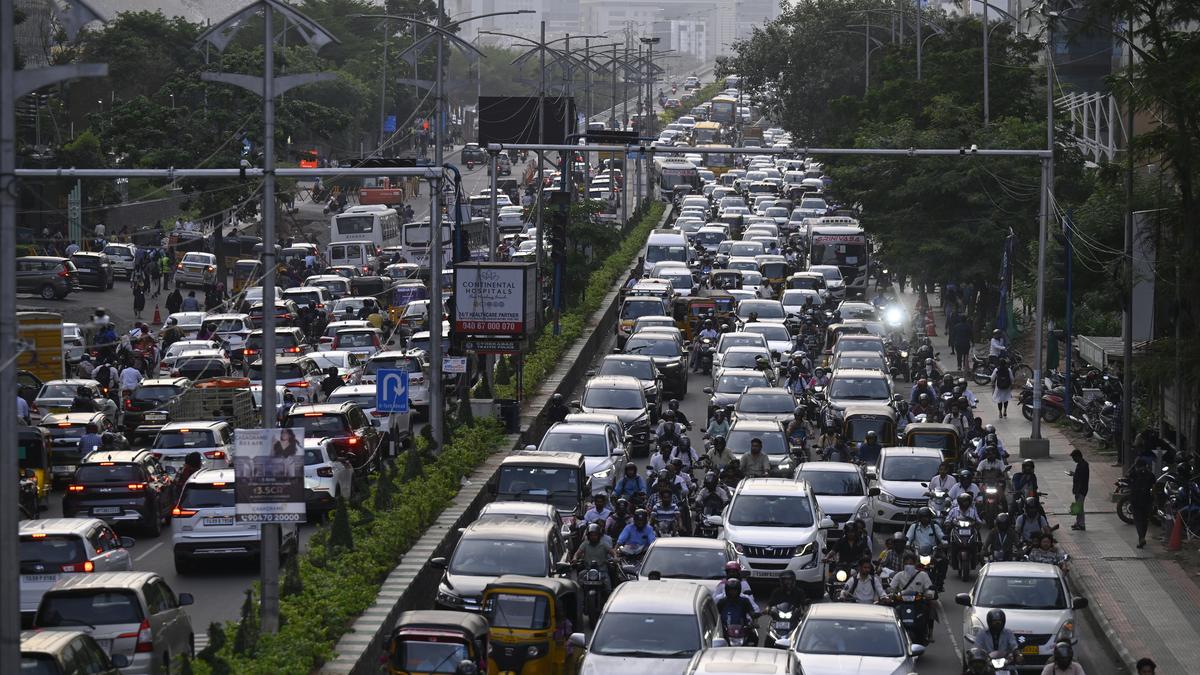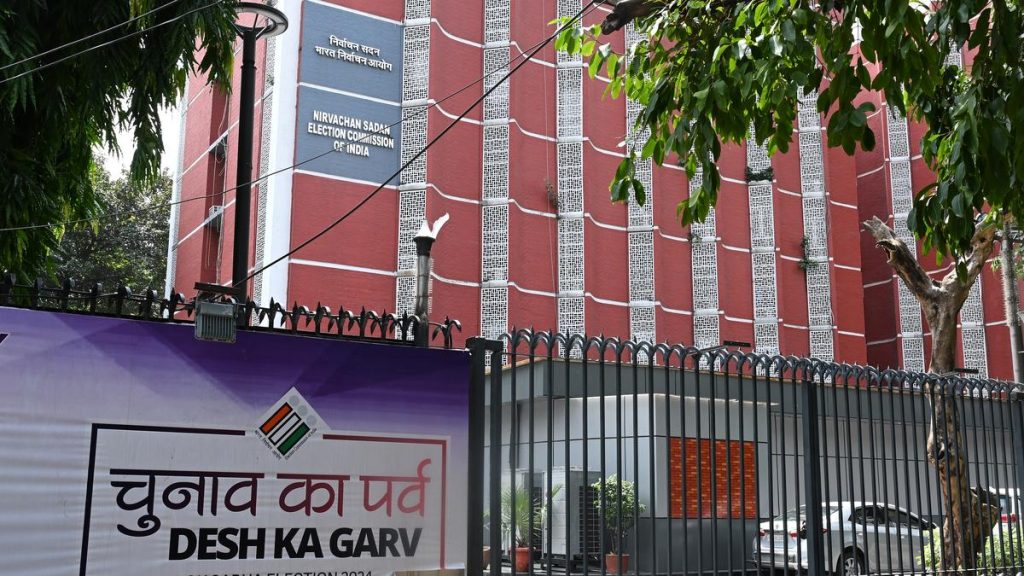Now Reading: Hybrid Work Sparks Midweek Traffic Woes in Hyderabad’s IT Hub
-
01
Hybrid Work Sparks Midweek Traffic Woes in Hyderabad’s IT Hub
Hybrid Work Sparks Midweek Traffic Woes in Hyderabad’s IT Hub

Quick Summary
- Traffic congestion worsens midweek in Hyderabad’s IT corridor as hybrid work schedules lead to increased office commutes on Tuesdays, Wednesdays, and thursdays.
- Employees working from home on Mondays and Fridays prefer midweek office routines for better personal-professional balance.
- Midweek traffic increases by 20-25% on average compared to other days:
– 89,000 to 1 lakh vehicles during morning peak hours (8 a.m.-12 p.m.) linked to IT commuters alone.
– Breakdown of vehicle usage:
– Autos: About 3,300 (10% of total autos).
– Bikes: Around 60,000 (50% of total bikes).
– Buses: Over 2,667 buses used by IT employees (80% of total buses).- Cars: Nearly 23,250 cars contributing approximately 25%.
- Daily vehicle count exceeds over 10 lakh on key routes like Gachibowli flyover, Hitec City-JNTU stretch, Shaikpet flyover connecting Raidurg, and Lingampally road.
- Employees justify the trend for lifestyle benefits:
– Longer weekends for chores/socializing.
– Better productivity with refreshed starts or midweek motivation.
- Some employees adjust thier office days deliberately to avoid peak-day travel chaos.
- Industry professionals warn that this pattern intensifies congestion rather than alleviating it; staggered work schedules suggested as a solution.
Indian Opinion Analysis
The hybrid work dynamics implemented by many companies have inadvertently created significant urban mobility challenges in Hyderabad’s IT hubs. The concentrated midweek traffic disrupts infrastructure efficiency and highlights a mismatch between evolving workplace behaviors and transportation systems’ capacity.
While individuals gain flexibility through this model-combining remote workdays with longer weekends-the resultant three-day surge has pressured public resources disproportionally. This showcases the need for proactive employer intervention through varied scheduling policies or coordinated alternatives aligned with city planning efforts. Staggering employee commuting patterns could evenly distribute the load across weekdays while reducing environmental impact and commuter stress.
The situation serves as a learning example for other metros navigating post-pandemic work models; India must prioritize adaptable urban transit frameworks alongside workforce flexibility aspirations.
Read more at source.






















